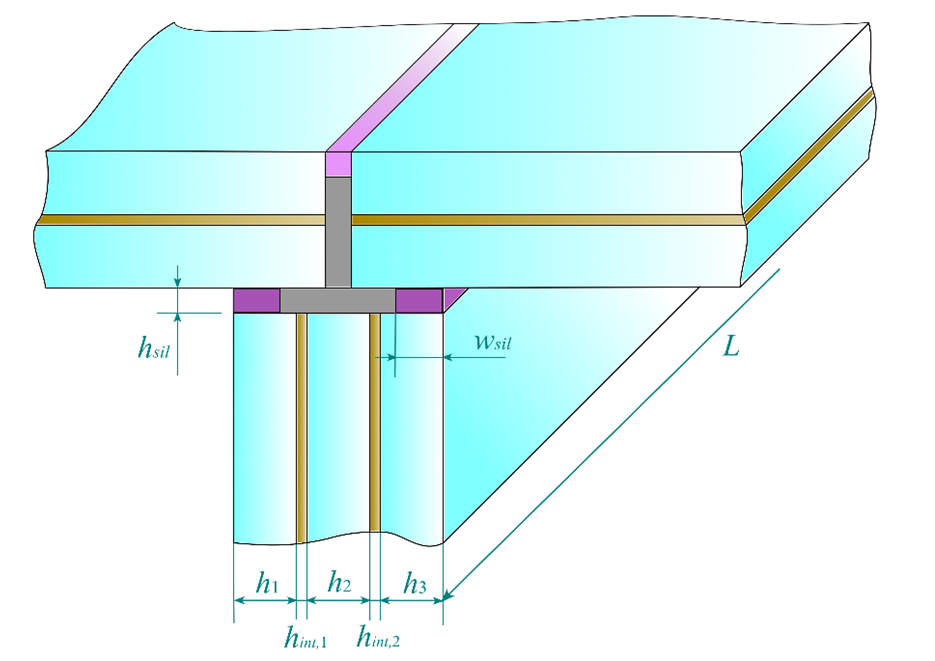Design and Stability of Laminated Glass Beams and Cantilevers with Continuous Lateral Silicone Restraint
DOI:
https://doi.org/10.47982/cgc.9.599Downloads

Abstract
The stability of monolithic glass beams is reasonably well defined; as an elastic material it behaves in a similar manner to other elastic materials such as steel, for which there are many equations of different forms which give similar results. Special care is required for continuous restraint to the tension flange. Equations presented in Australian Standard AS1288 Glass in Buildings – Selection and Installation have been used successfully for many years for monolithic fins when used with the strength model of AS1288 but require a more comprehensive approach when using laminated fins and/or strength models that allow higher levels of stress. A review of equations for cantilevers results in a wider range of approaches with significant variance between the outcomes of various published steel and glass standards. AS1288 has been used as the default standard for stability of glass fins, however for cantilevers it appears to have a misprint which has existed for decades. This paper presents strategies for determining the moment capacity of beams and cantilevers made of laminated glass with continuous flexible buckling restraints, such as structural silicone, which have initial imperfections and a known design strength capacity. Where multiple wave lengths form, the warping stiffness may contribute and formulations for rectangles are presented. The accuracy and validity of the approach is also assessed by means of comparisons with the outcomes of Finite Element numerical analyses.
Published
Issue
Section
Strength, Stability & Safety
License
Copyright (c) 2024 Richard Green, Chiara Bedon, Laura Galuppi, Andrew Crosby

This work is licensed under a Creative Commons Attribution 4.0 International License.



